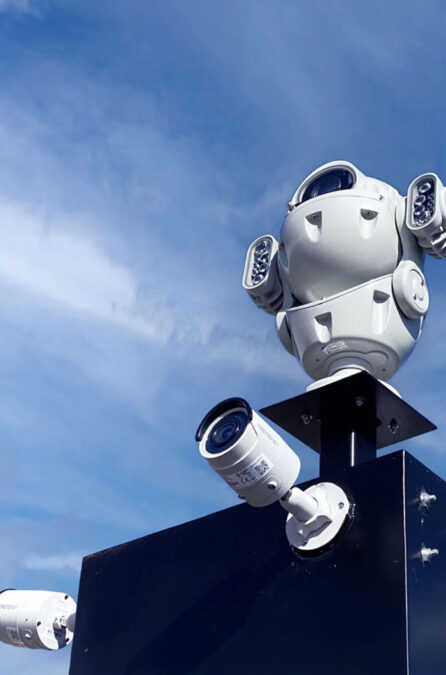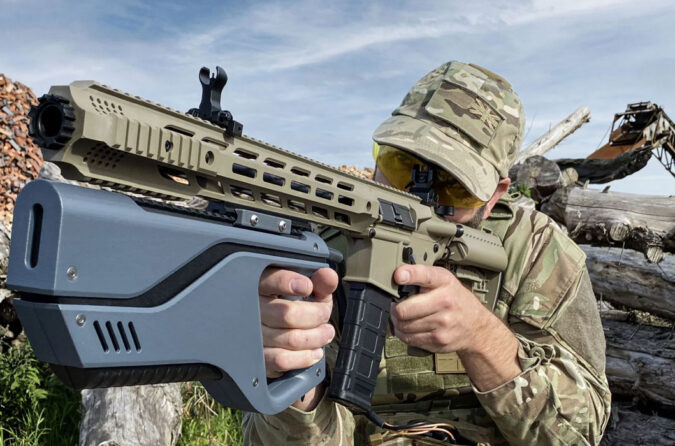The use of drones has become increasingly common in recent years, and with this increase in popularity has come a rise in the number of drones that are being used for malicious purposes. As a result, there has been a growing demand for drone detection systems that can help to protect people and property from drones that are violating airspace regulations or being used for illegal activities.
There are a number of different types of drone detection systems available, each with its own strengths and weaknesses.
Drone Detection Systems
Radio frequency (RF) detection systems
These systems detect drones by monitoring the radio frequency (RF) spectrum for signals that are emitted by drones. RF detection systems are relatively inexpensive and easy to install, but they can be easily fooled by drones that are using encrypted RF signals.
Visual detection systems
These systems detect drones by using cameras to identify and track drones in the air. Visual detection systems are more accurate than RF detection systems, but they can be more expensive and difficult to install.
Radar detection systems
These systems detect drones by using radar to track the movement of drones in the air. Radar detection systems are the most accurate type of drone detection system, but they can be the most expensive and difficult to install.
Remote ID detection systems
These systems detect drones by picking up these remote ID signals of drones in the air. Utilizing remote ID to detect drones is a fairly new concept meant to mimic that of license plates for cars.
Once a drone has been detected, it is important to be able to track and identify it.
Drone Tracking Methods
RF tracking
If the drone is using an unencrypted RF signal, it can be tracked by monitoring the RF spectrum for the drone’s signal.
Visual tracking
If the drone is within range of a visual detection system, it can be tracked by the system’s cameras.
Radar tracking
If the drone is within range of a radar detection system, it can be tracked by the system’s radar.
Remote ID tracking
Drone Remote ID signals are transmitted through Bluetooth or Wi-Fi, and these signals are picked up by Remote ID sensors within proximity.
Once a drone has been tracked and identified, it is possible to take action to disable the drone or prevent it from flying further.

Anti-Drones Techniques

Signal jamming
This method involves disrupting the drone’s RF signal, which can cause the drone to lose control and land.
Drone net
This method involves deploying a net that can be used to capture the drone.
Laser
This method involves using a laser to disable the drone’s electronics.
The use of drone detection systems is an important part of protecting people and property from drones that are violating airspace regulations or being used for illegal activities. By understanding how to use a drone detection system to track and identify drones, you can help to keep your community safe.
In addition to the methods mentioned above, there are a number of other factors that should be considered when using a drone detection system. These factors include:
- The size of the area that needs to be protected
- The type of drones that are likely to be encountered
- The budget available for the drone detection system
By considering these factors, you can choose the right drone detection system for your needs and help to keep your community safe.


